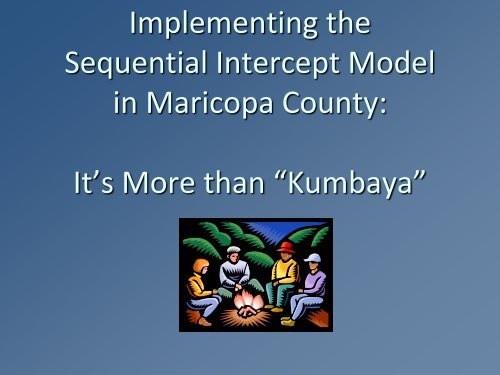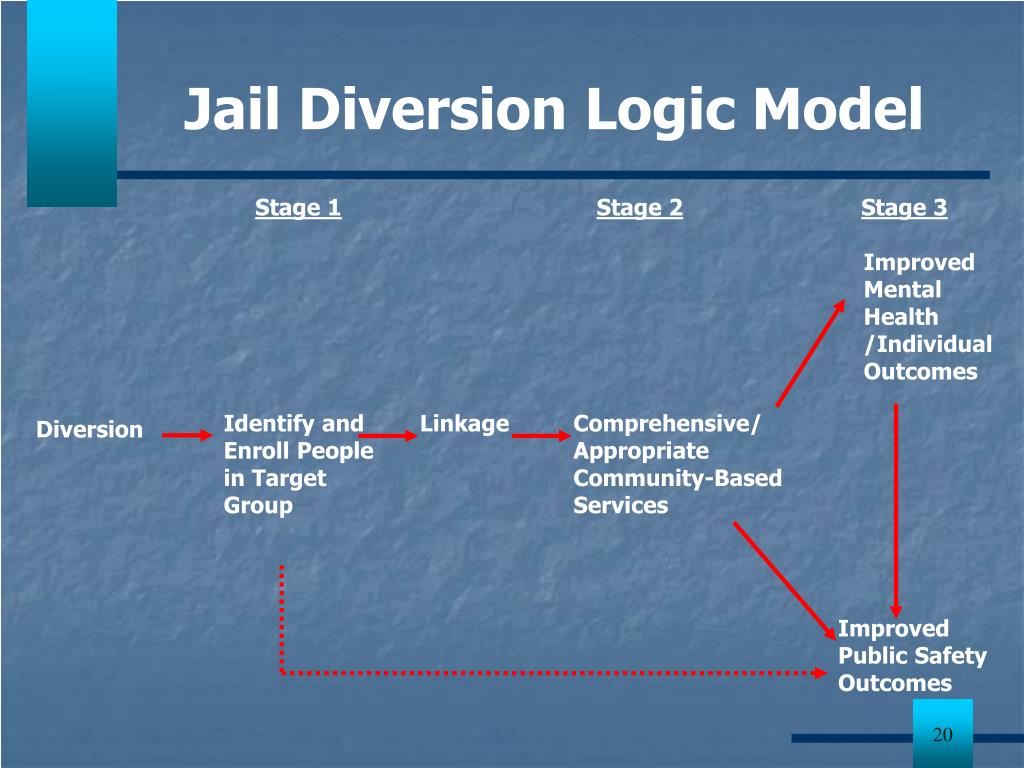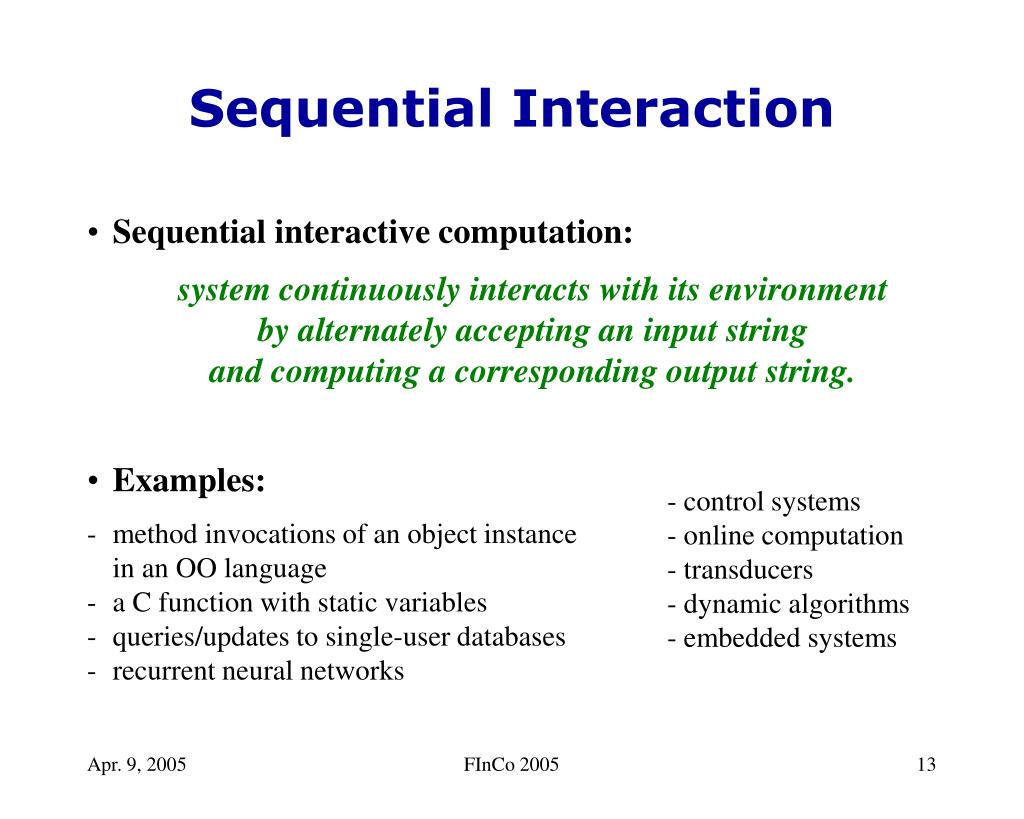

- SEQUENTIAL INTERCEPT MODEL AND SYSTEMS INTEGRATION PROFESSIONAL
- SEQUENTIAL INTERCEPT MODEL AND SYSTEMS INTEGRATION SERIES
Police have tremendous agency as to what happens after the potential offense occurs. One of the major mechanisms by which the CSU and FSJS prevent incarceration of vulnerable populations is diversion. If someone with a mental health concern is on parole or returning from jail, CSU staff collaborate with jail staff and probation or parole to ensure services are in place for that individual upon their return to the city.įigure 1: The activities and services of the CSU are best understood by charting them along the Sequential Intercept Model (SIM). Further, when criminal complaints are made by someone suffering from paranoia or a delusional disorder, clinical staff partner with a detective on the case to ensure the matter is fully investigated while also seeking to connect the person to support services. The CSU staff also work with detectives when criminal complaints are made against residents with mental health concerns to determine if the case can be heard in a specialty mental health session of the district court. Clinicians from the CSU collaborate with community service providers, specialty court sessions, probation and parole as well as jail clinical staff in order to have the capacity to intervene at each intercept along the continuum of the SIM (see Figure 1).įor example, social workers from the CSU are able to assist with involuntary hospitalizations and commitment for substance use treatment. The CSU looks to intervene at each intercept in an effort to keep vulnerable populations in the city of Cambridge from entering deeper into the justice system. The SIM identifies opportunities for behavioral health services to intercept a justice trajectory and prevent deeper involvement in the criminal justice system.
SEQUENTIAL INTERCEPT MODEL AND SYSTEMS INTEGRATION SERIES
The SIM has a series of intercepts from 0-5 (0=Community Services, 1=Law Enforcement, 2=Detention/Court Hearings, 3=Jails/Courts, 4=Reentry, 5=Community Corrections) where vulnerable populations can enter the criminal justice system. The activities and services of the CSU are best understood by charting them along the Sequential Intercept Model (SIM). The CSU along the Sequential Intercept Model


Develop policies, procedures and best practices.
SEQUENTIAL INTERCEPT MODEL AND SYSTEMS INTEGRATION PROFESSIONAL


 0 kommentar(er)
0 kommentar(er)
